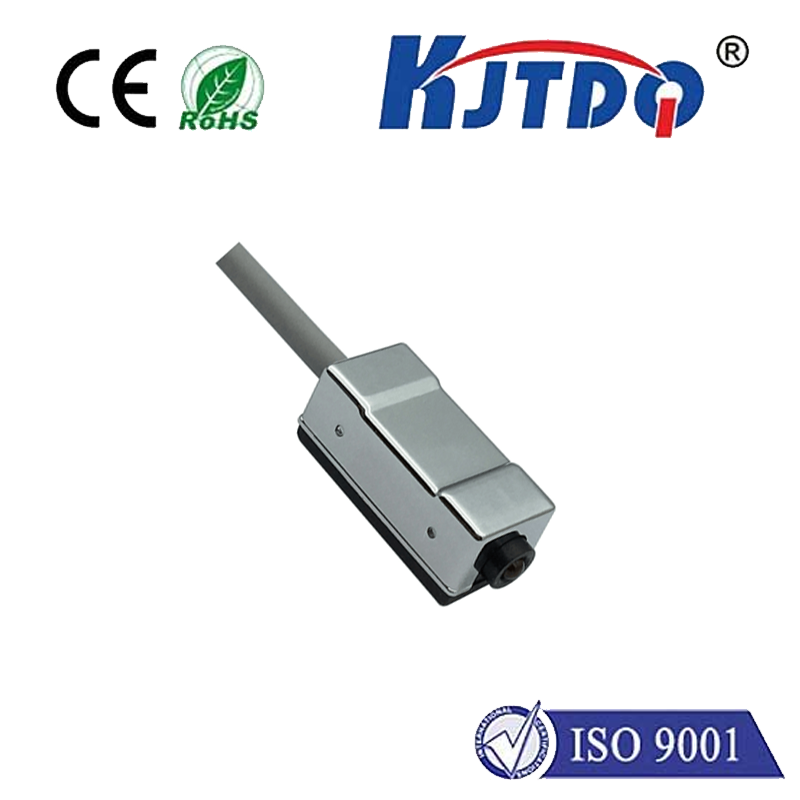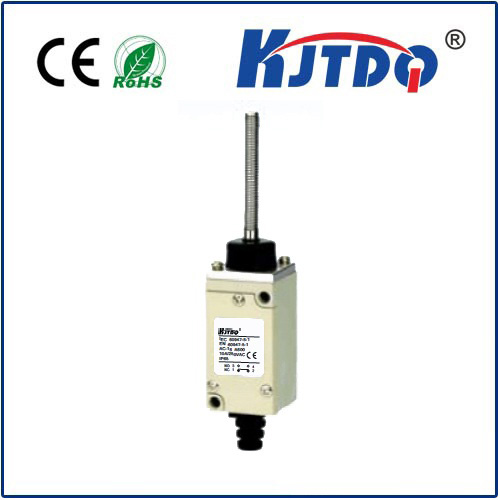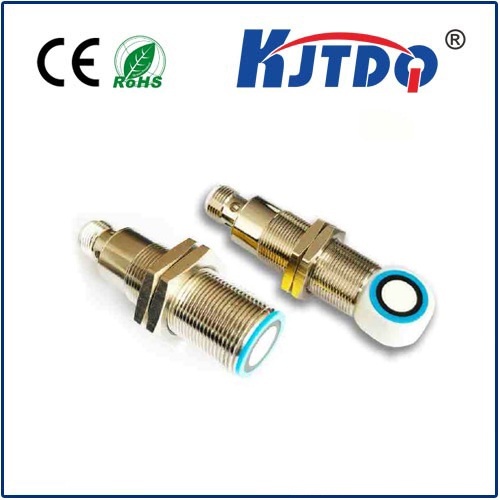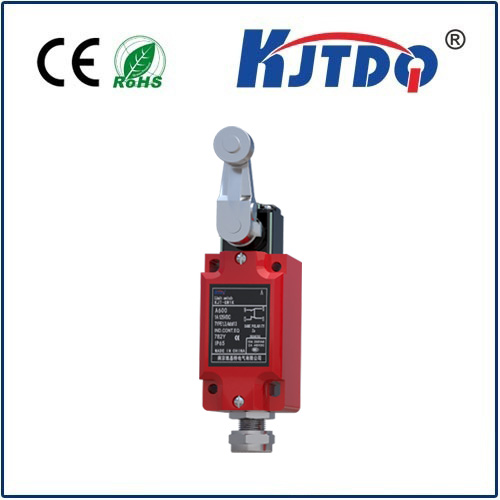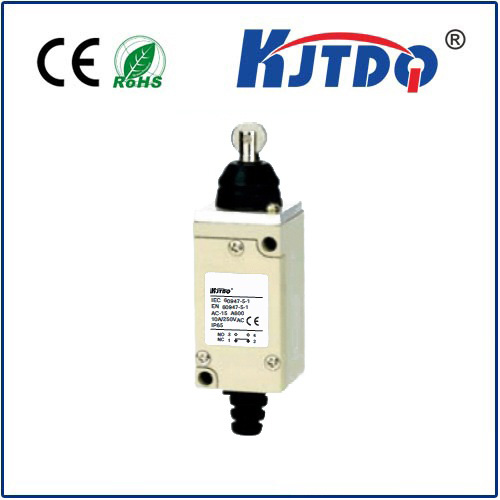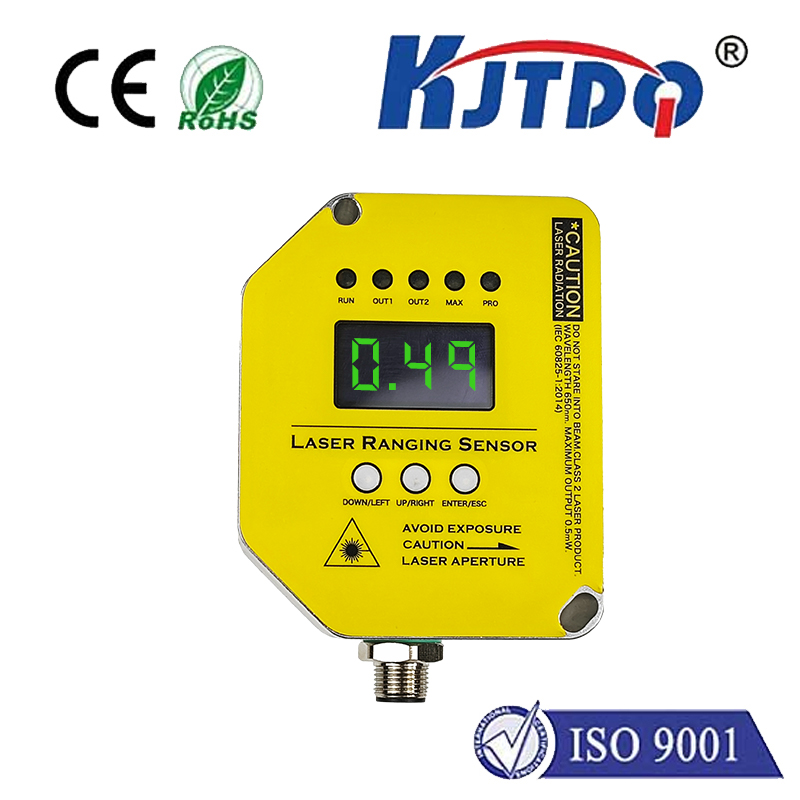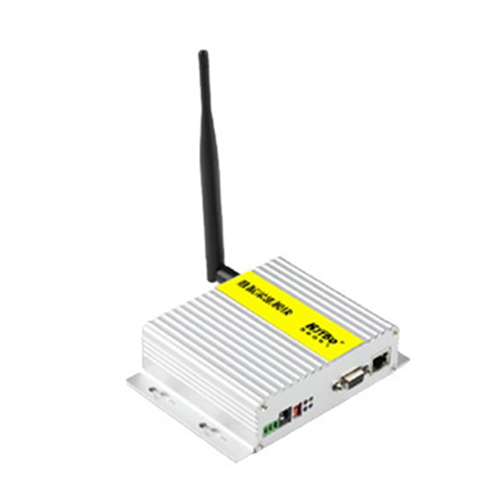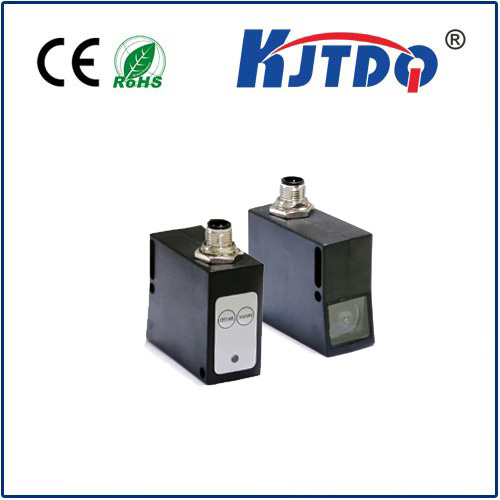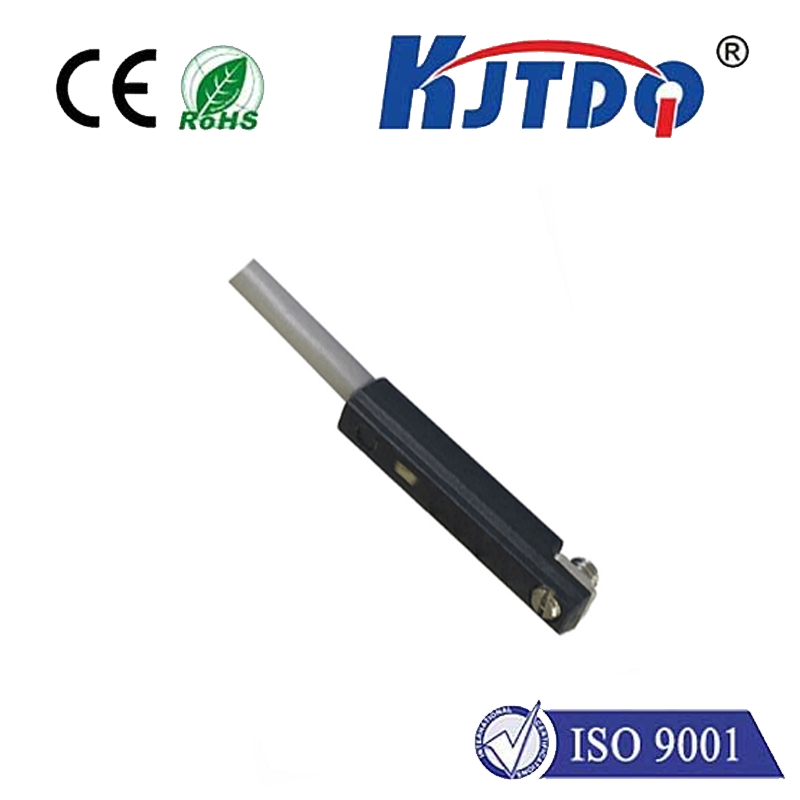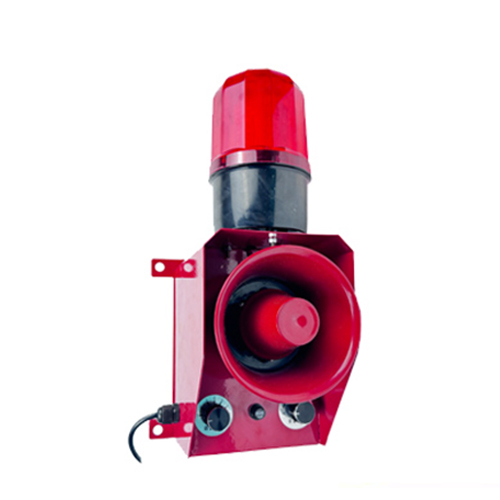reflective fiber optic sensor
- time:2025-08-14 08:50:51
- Click:0
Reflective Fiber Optic Sensors: Precision Detection Through Light Reflection
Imagine needing to detect a tiny component on a high-speed assembly line, monitor fluid levels in a corrosive chemical tank, or ensure precise positioning within the confined space of medical equipment. Many traditional sensors struggle with these demanding environments. Enter the reflective fiber optic sensor – a versatile and robust solution harnessing light to perform critical detection tasks where others falter. This ingenious technology offers unique advantages, making it indispensable across diverse industries.
How Does a Reflective Fiber Optic Sensor Work? The Core Principle
At its heart, the operation of a reflective fiber optic sensor relies on a beautifully simple concept: light emission, reflection, and reception. Here’s the breakdown:
- Light Emission: An emitter within the sensor unit, typically an LED (Light Emitting Diode) – often infrared for its insensitivity to ambient light – generates a beam of light.
- Light Transmission: This light travels down one or more optical fibers. These fibers, made of glass or plastic, act as light pipes, guiding the beam precisely to the sensing point (the fiber tip).
- Interaction with Target: When the emitted light reaches the end of the fiber, it exits into the surrounding environment. If a target object is present within the sensor’s detection range and oriented appropriately, light strikes the object’s surface.
- Reflection: A portion of this incident light reflects off the target’s surface. The amount, pattern, and angle of reflection depend heavily on the target’s characteristics – its distance from the fiber tip, color, surface texture (shiny vs. matte), and material.
- Light Reception: Some of this reflected light travels back towards the fiber optic tip. Crucially, the same fiber bundle (or dedicated receiver fibers) captures a portion of this reflected light and guides it back to the sensor unit.
- Signal Processing: Back at the sensor’s electronics, a photodetector (like a phototransistor) receives the returned light signal and converts it into an electrical signal.
- Output: The sensor’s circuitry processes this electrical signal. Based on the intensity (or sometimes spectral characteristics) of the received reflected light compared to known thresholds or a calibrated state (no target present), the sensor triggers a digital output (ON/OFF) or provides an analog signal proportional to the reflection intensity (e.g., indicating distance or surface reflectivity).
Key Components and Configurations

- Light Source: Usually LEDs (Infrared, Red, Green, Blue) or sometimes lasers for longer ranges or higher precision.
- Optical Fibers: The core conduit for light transmission. Bundles often contain separate dedicated fibers for emitting and receiving light.
- Photodetector: Converts the returned light signal into an electrical current.
- Sensor Electronics: Amplifies the detector signal, processes it (comparing intensity to thresholds), and generates the output signal.
- Sensing Head: The end of the fiber bundle where light exits and re-enters. Protective tips are common.
Common Configurations:
- Bifurcated (Y-Type): Emitter and receiver fibers are bundled together side-by-side within a single cable terminating at a common sensing tip. Simple and widely used.
- Coaxial: Emitter fibers surround a central receiver fiber, or vice-versa. Often offers superior range and sensitivity due to optimized light path overlap.
- Separate Emitter/Receiver: Utilizes two completely separate fiber assemblies. Offers maximum flexibility in mounting, but requires alignment.
Why Choose Reflective Fiber Optic Sensing? The Compelling Advantages
Reflective fiber optic sensors shine (pun intended!) in scenarios where traditional electrical or mechanical sensors struggle:
- Immunity to EMI/RFI: As the sensing element (the fiber itself) is non-metallic and carries light, not electricity, these sensors are highly resistant to electromagnetic interference and radio frequency interference, making them perfect for noisy industrial settings or near motors/welders.
- Intrinsic Safety: They generate very little heat and use low-power light signals at the sensing point. This makes them inherently safe for use in hazardous environments (explosive atmospheres, flammable materials) where sparks are catastrophic.
- Small Size & Flexibility: The optical fiber sensing probe can be extremely small in diameter (down to fractions of a millimeter) and flexible, allowing installation in confined spaces and routing around obstacles where bulky sensors cannot fit.
- Corrosion & Chemical Resistance: Glass fiber optics are inert to most chemicals, and probes can be sealed, enabling reliable operation in corrosive environments or processes involving aggressive solvents, acids, or alkalis.
- Non-Contact Sensing: Detection occurs without physical touch, eliminating wear and tear on both the sensor and the target, essential for delicate objects or high-speed applications.
- Fast Response Times: Light travels incredibly fast, enabling these sensors to detect objects and changes at very high speeds, suitable for fast-moving production lines.
- Versatile Target Detection: Capable of detecting an enormous range of targets – metals, plastics, glass, liquids, semiconductors – based on their reflective properties. They can sense presence/absence, small parts, color differences, fill levels (through containers), and surface conditions.
Where Are Reflective Fiber Optic Sensors Used? Diverse Applications
The unique benefits of these sensors translate into widespread adoption:
- Industrial Automation: Object detection on conveyors, part counting, position verification, web break detection, jamming detection, fill level control (in bottles, vials, tanks - often through glass/plastic), robot guidance, monitoring assembly processes. A key player in packaging machinery.
- Medical & Life Sciences: Detecting presence/position of vials, syringes, and test tubes in diagnostic equipment; fluid level sensing in bioreactors; precise alignment in surgical devices; operating safely near MRI machines due to EMI immunity. Essentially a safe fiber optic proximity sensor.
- Semiconductor Manufacturing: Detecting ultra-small wafers and components in cleanroom environments where contamination and precision are paramount. The non-metallic nature is crucial.
- Automotive Manufacturing: Verifying part installation, detecting components on fast-moving lines, monitoring fluid levels, paint process control.
- Food & Beverage: Hygienic detection through containers (glass/plastic), fill level control, cap presence detection, label verification.
- Printing & Paper: Register mark detection (sensing colored marks on moving paper/plastic webs), double sheet detection, web break detection.
- Textiles: Loom pick detection, detecting thread breaks.
Choosing and Using Reflective Fiber Optic Sensors Effectively
While versatile, several factors influence performance:
- Target Properties: Color (light vs. dark), surface finish (shiny/mirror-like reflects well, dark/matte absorbs more), and material significantly impact the reflected signal intensity. Calibration or sensor selection must account for this. Dark or matte black targets can be challenging.
- Detection Range: Determined by the sensor’s power, fiber configuration (coaxial generally offers longer range than bifurcated), and target reflectivity. Consult specifications carefully.
- Background Light & Environmental Conditions: While often using modulated infrared light to combat ambient light, extreme conditions might require shielding.
- Sensor Mounting & Alignment: Ensuring the sensor head is correctly oriented towards the target path is crucial for reliable












